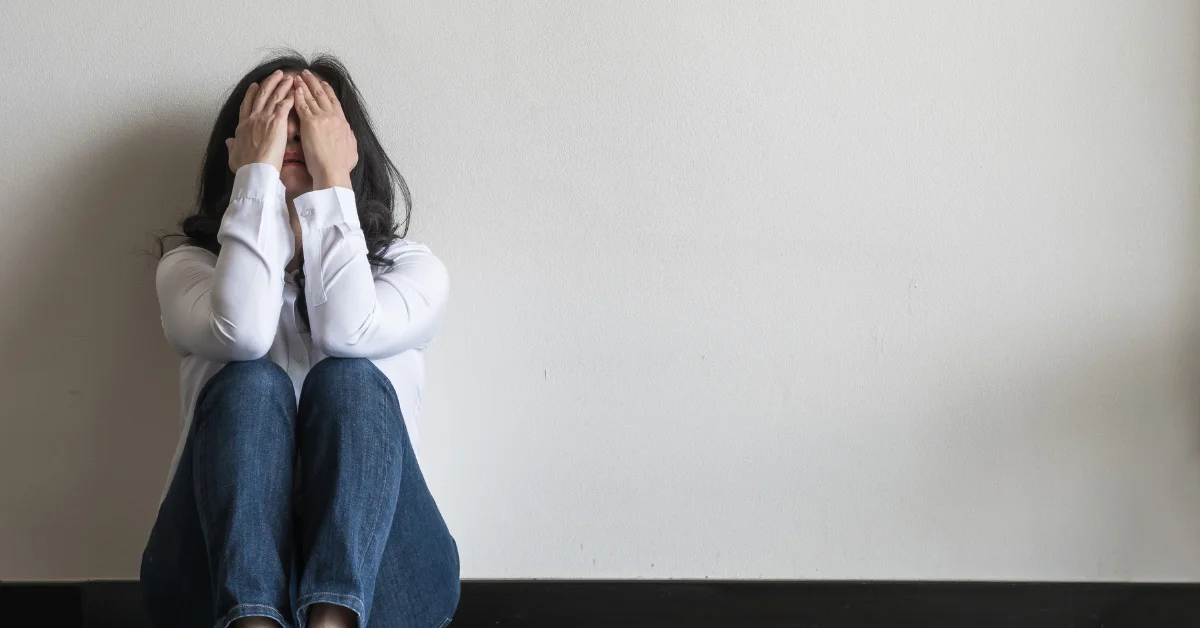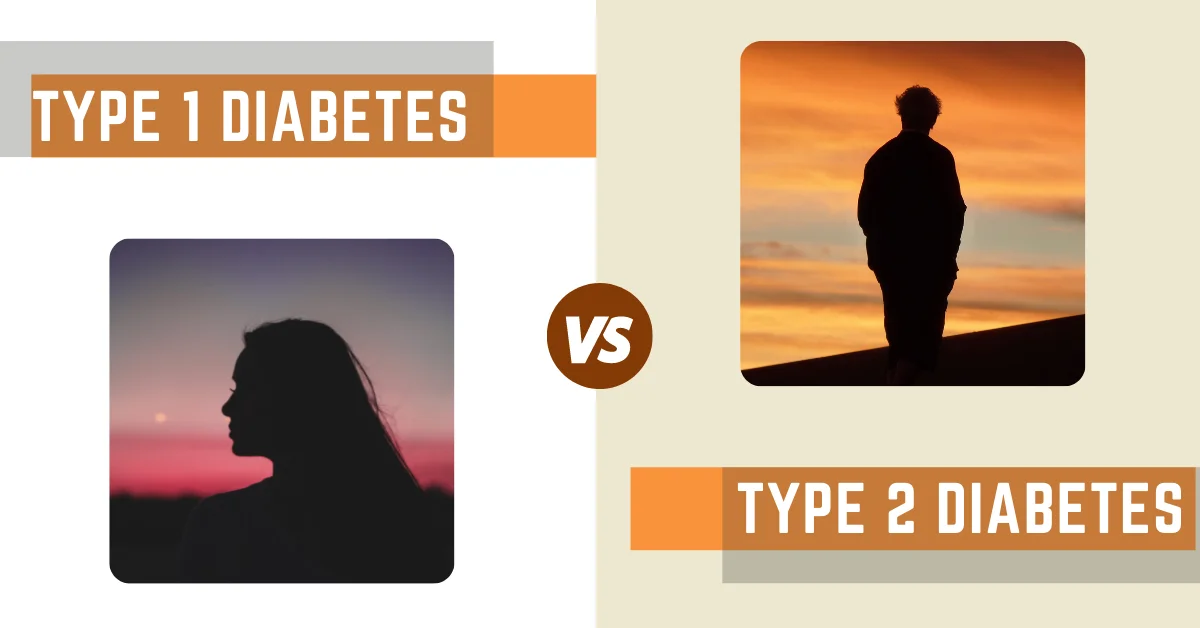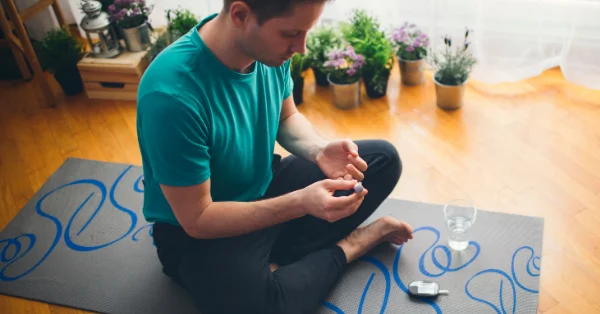As things slowly begin to open up, the idea of the economy reopening can cause both joy and anxiety into the lives of diabetics. Why? For those living with diabetes, the fear of contracting COVID-19 has been intensified due to diabetics being considered high-risk. Diabetes doesn’t just affect your glucose levels, it can affect your heart health, nervous system, and more. At DMP, we want to provide the diabetes community with tips on how to deal with anxiety when you feel it coming on. We can only do so much to change the things that are happening right now with the pandemic, but we can change how we react to them. Read on to learn about some coping strategies you can use when dealing with anxiety.
Deep breathing
Deep breathing is a great exercise to help you deal with your anxiety. It can help you deal with your accelerated heart rate and feelings of panic. To perform this action, Anxiety Canada says to find a comfortable place to sit or lie down. Then rest your hands on your belly and breathe in deeply through your nose for four seconds, hold, and then breathe out through your mouth for four seconds. This will allow the tension in your body to slowly drain away. Repeat this process until you feel more calm and relaxed.
Using imagery
For those needing to escape, try using imagery to help ease your anxiety. To do this, find a quiet spot in your home and imagine a place that you find comforting. This could be anything from a beach, the top of a mountain, or to being in a canoe in the middle of a lake. Use all your senses to imagine this scene. For example, if it’s a canoe in the middle of the lake, imagine the water gently lapping the sides of the canoe, a gentle breeze blowing through your hair, the sound of birds chirping overhead, the feeling of the sun warming up your skin etc. By engaging all your senses, it will help immerse you into this scene and allow you to relax. When you are ready to come back to reality, simply count backwards from ten. It will bring you back to reality with a more relaxed mindset. If you are struggling to come up with ideas, check out The Honest Guys or other guided meditations online.
Using the 3-3-3 rule
According to psychologist Tamar Chansky, the 3-3-3 rule is great at reducing anxiety. To
do this, simply look around you and name three things you see when dealing with anxiety. After this, follow that with three things you hear. Then, move on to three parts of your body. By performing this action, this will help bring you back to the present moment and ground you.
Doing yoga
In an article published by Harvard Medical School, they write that yoga can help reduce stress responses which may be helpful when dealing with anxiety and depression. In doing so, it helps manage symptoms such as an elevated heart rate response, elevated blood pressure, and assists in regulating respiration. For those living with diabetes, there are yoga videos on the DMP app which can help you get started on practicing yoga.
Progressive muscle relaxation
Another helpful exercise by Anxiety Canada is called progressive muscle relaxation. To do this, simply find a quiet place to sit and close your eyes. The first step of this exercise requires you to tense up specific areas of your body. For example, start off by tensing up your toes (by curling them downwards). Once you do this, hold the tension for about ten seconds, and then release it. This should allow you to feel the difference between tension and relaxation. Repeat this cycle moving up the body and tensing and releasing the different muscle groups.
Life can be tough and sometimes the weight of the world can lead to feelings of anxiety. However, you don’t have to suffer through these feelings. Try out the following exercises to help relieve your anxiety. The important thing is we address our feelings and try to deal with them instead of repressing them.

Carolina Clarke
Carolina Clarke is the marketing copywriter at The Diabetes App. She is passionate about social issues, travel, and fitness. She is a diabetes supporter and is dedicated to providing those living with diabetes with resources to help manage their diabetes. A desire to help is at the forefront of everything she writes.









